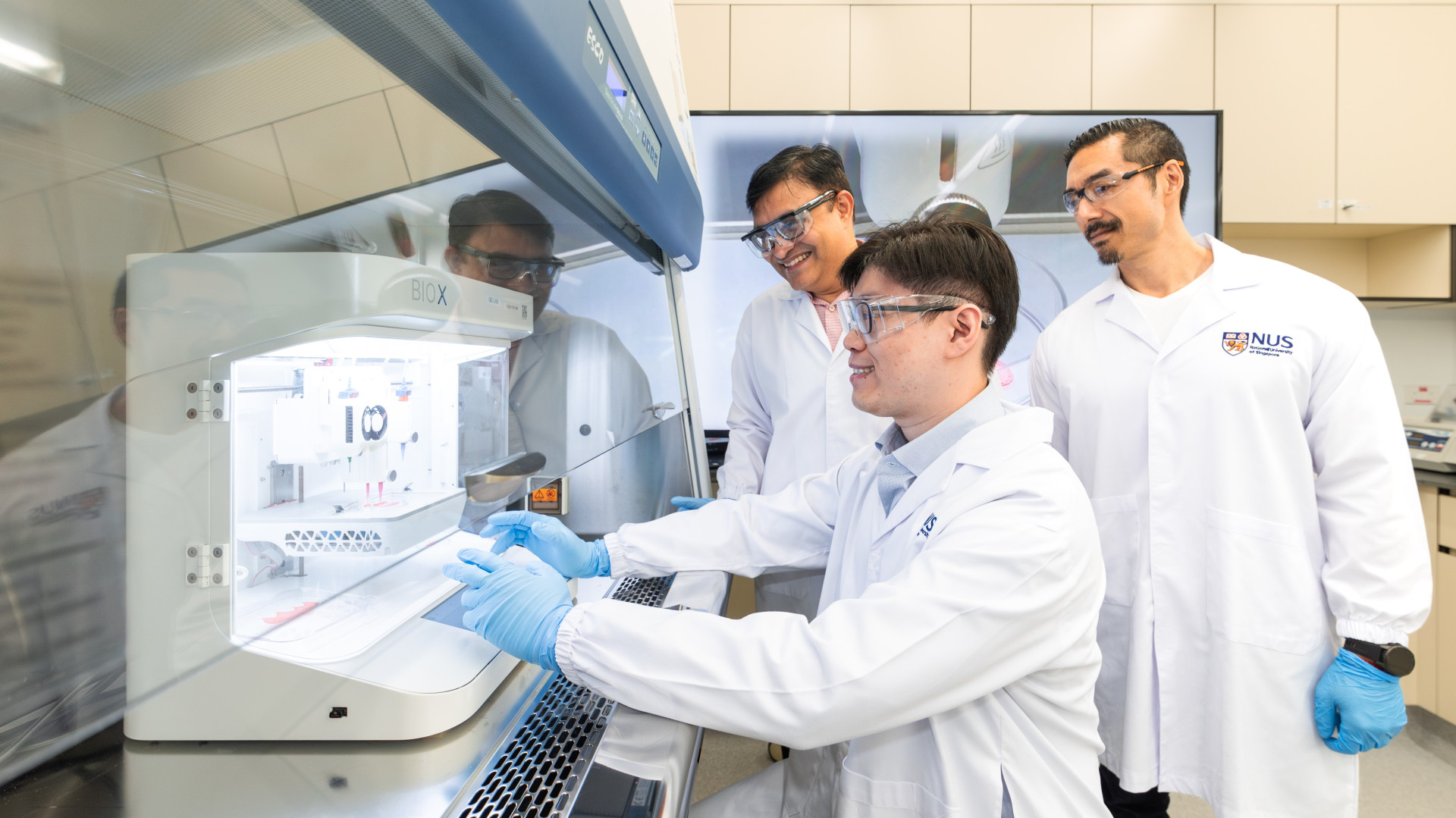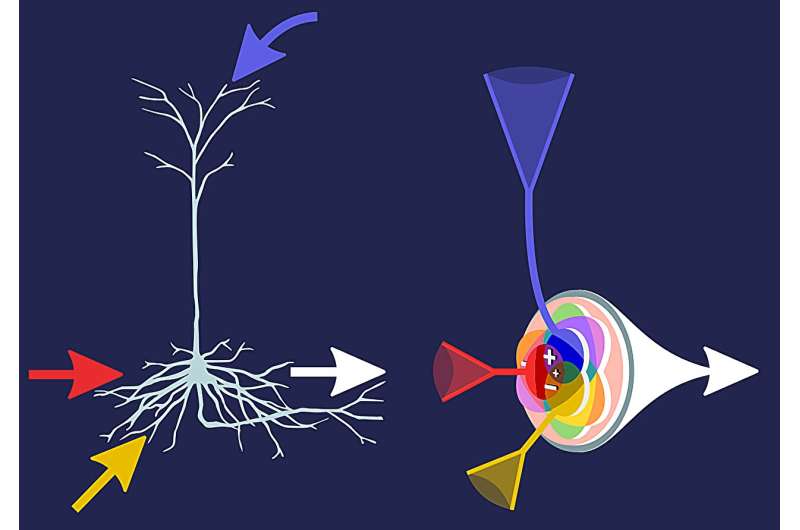Most haptic technologies today are limited to simple vibrations—barely scratching the surface of what human skin can perceive. Our skin is equipped with a sophisticated network of sensors that can detect pressure, stretching, vibration, and more. Now, engineers at Northwestern University have taken a major leap forward, developing a breakthrough technology that recreates the complexity of human touch with unprecedented precision.
Published recently in Science, this new device is compact, lightweight, and fully wireless. It adheres directly to the skin and applies force in any direction to mimic a wide range of tactile sensations. From pressure and vibration to twisting and sliding, it delivers realistic touch feedback that’s customizable, dynamic, and nuanced—something existing haptics have never achieved.
Continue reading… “Touching the Future: Revolutionary Haptic Device Brings Realistic Sensation to Digital Worlds”












